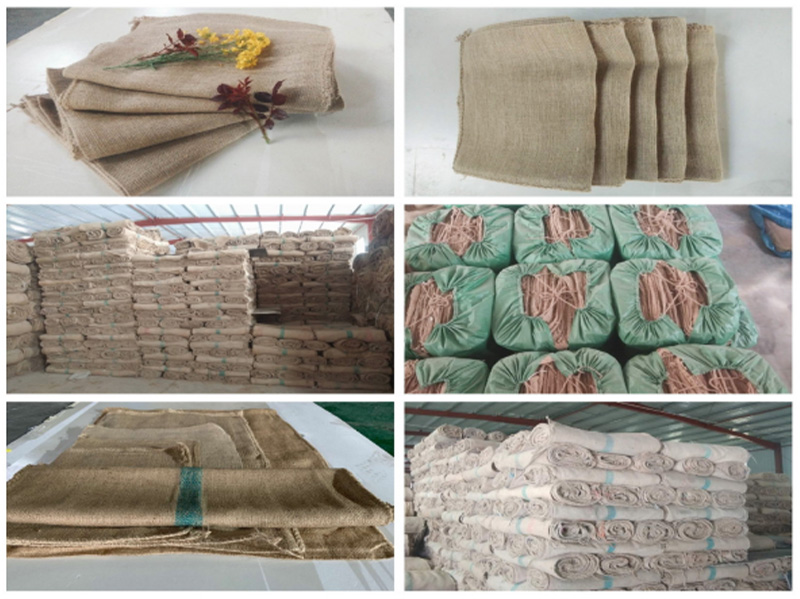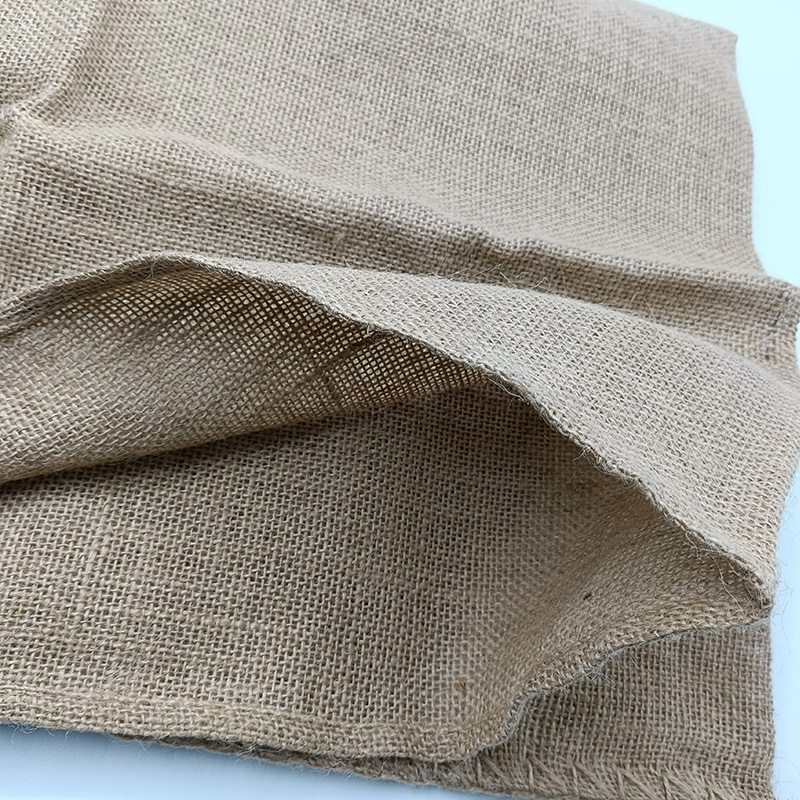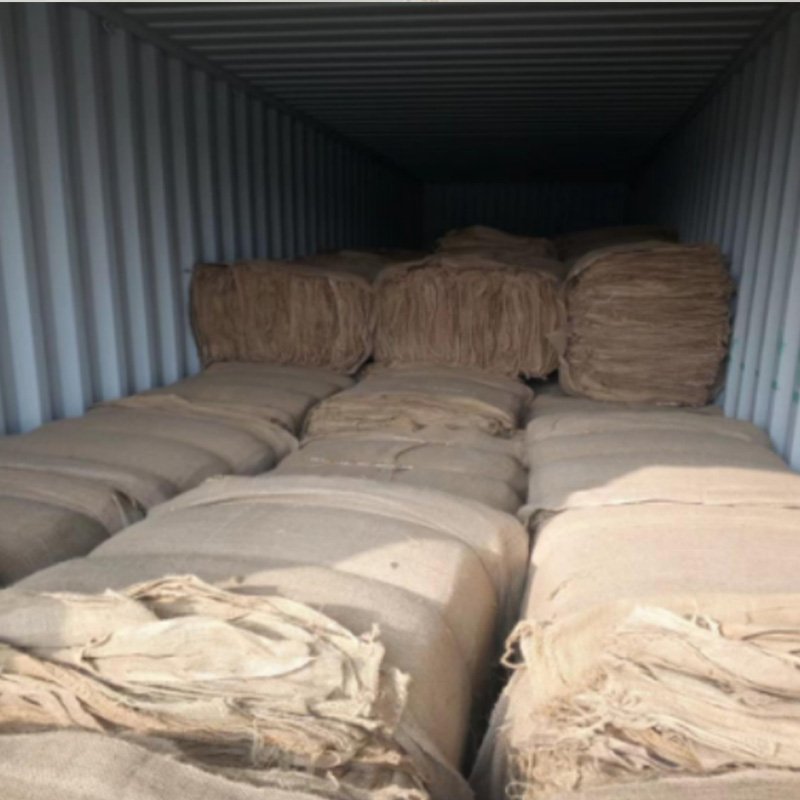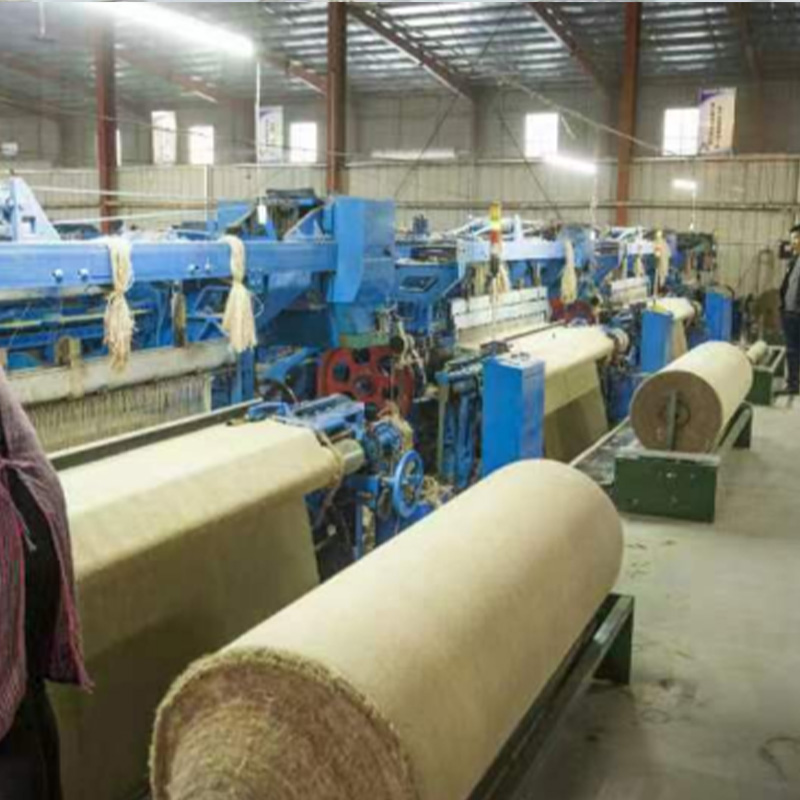Jute Sack Bags - XINGTAI SHUODING | Sustainable, Customizable Packaging
Jute sacks, also known as burlap bags, have emerged as a vital alternative to synthetic materials in the global push for sustainability. As environmental concerns intensify, the demand for biodegradable and eco-friendly packaging solutions has surged. Jute Sack Bags from XINGTAI SHUODING TRADING CO., LTD. exemplify this shift, offering durable, customizable, and environmentally responsible options for a wide range of applications. This article explores the features, advantages, technical specifications, and real-world use cases of jute sacks, while highlighting the company’s commitment to quality and sustainability.
What is Jute?
Jute, often referred to as the "golden fiber," is a natural plant-based fiber known for its strength, versatility, and biodegradability. Unlike synthetic materials such as plastic, which can take centuries to decompose, jute fibers break down naturally within months, making them an ideal choice for eco-conscious consumers. The fiber is derived from the stems of the Corchorus plant, which thrives in warm, humid climates. This renewable resource is second only to cotton in global textile fiber production, underscoring its significance in the textile industry.
One of the key advantages of jute is its durability. Despite its coarse texture, jute fibers are remarkably strong, capable of withstanding heavy loads and harsh environmental conditions. This makes jute sacks suitable for both industrial and consumer applications. Additionally, jute is naturally resistant to moisture and pests, further enhancing its utility in packaging and storage.

Types of Jute Bags
Jute bags come in a variety of sizes and designs to cater to different needs. From large industrial sacks to small, lightweight pouches, the adaptability of jute makes it a preferred material for packaging. Below are some common types of jute bags offered by XINGTAI SHUODING TRADING CO., LTD.:
- Large Jute Sacks: Measuring up to 75cm x 110cm, these are ideal for bulk storage and transportation of agricultural products like grains, beans, and peanuts. They weigh approximately 1,000g each, ensuring sturdiness for heavy-duty use.
- Medium Jute Sacks: With dimensions of 60cm x 90cm, these are commonly used for flood prevention, hardware packaging, and soil filling. Their weight ranges from 450g to 580g, balancing durability and portability.
- Small Jute Sacks: Available in sizes like 40cm x 60cm and 30cm x 50cm, these are perfect for packaging small items such as screws, nuts, and seeds. They weigh around 200g to 300g, making them lightweight and easy to handle.
- Customizable Options: XINGTAI SHUODING TRADING CO., LTD. offers bespoke solutions, allowing clients to specify dimensions and design elements to meet their unique requirements.

Key Features of Jute Sack Bags
Jute sacks are not only eco-friendly but also highly functional. Here are some of their standout features:
- Biodegradable and Sustainable: Jute is a 100% natural fiber that decomposes within 6-12 months, reducing environmental pollution. This aligns with global initiatives to reduce plastic waste, as highlighted by the National Institute of Standards and Technology (NIST), which emphasizes the importance of biodegradable materials in sustainable development.
- Durable and Strong: Despite their coarse texture, jute fibers are exceptionally strong, capable of holding heavy loads without tearing. This makes them ideal for industrial and agricultural applications.
- Customizable: The flexibility of jute allows for customization in size, color, and design. XINGTAI SHUODING TRADING CO., LTD. offers options for printed logos, reinforced stitching, and special finishes to meet client preferences.
- Cost-Effective: Jute is one of the most affordable natural fibers, making it a budget-friendly alternative to synthetic materials. This cost-efficiency is particularly beneficial for small businesses and startups.

Technical Specifications
| Size (cm) | Weight (g) | Application |
|---|---|---|
| 75 x 110 | 1,000 | Agricultural storage, bulk transportation |
| 74 x 105 | 600-850 | Flood prevention, hardware packaging |
| 60 x 100 | 480-600 | Soil filling, construction materials |
| 60 x 90 | 450-580 | Flood control, industrial packaging |
| 50 x 74 | 300 | Hardware, small item storage |
| 40 x 60 | 200 | Seed packaging, retail use |
Applications of Jute Sack Bags
Jute sacks are versatile and find applications in multiple sectors. Here are some common use cases:
- Agricultural Use: Jute sacks are widely used for storing and transporting crops like rice, wheat, and pulses. Their breathability prevents moisture buildup, reducing the risk of spoilage.
- Industrial Packaging: In manufacturing, jute bags are used to package materials such as cement, fertilizers, and machinery parts. Their strength ensures the safety of goods during transit.
- Flood Prevention: In regions prone to flooding, jute sacks filled with sand or soil are used as temporary barriers to control water flow. This application is particularly relevant in disaster-prone areas, as noted in NIST’s research on sustainable infrastructure.
- Retail and Consumer Goods: Jute bags are increasingly popular as eco-friendly alternatives to plastic shopping bags. They are also used for packaging gifts, handicrafts, and organic products.

Why Choose XINGTAI SHUODING TRADING CO., LTD.?
As a leading supplier of jute products, XINGTAI SHUODING TRADING CO., LTD. has established itself as a trusted name in the industry. Here’s what sets the company apart:
- Quality Assurance: The company adheres to strict quality control standards, ensuring that every jute sack meets international specifications. This commitment to quality is reflected in the durability and performance of their products.
- Customization Options: With a focus on client needs, XINGTAI SHUODING TRADING CO., LTD. offers tailored solutions, including custom sizes, logos, and packaging.
- Competitive Pricing: As one of the largest manufacturers in China, the company provides cost-effective solutions without compromising on quality. This makes their products accessible to a wide range of customers, from small businesses to large corporations.
- Sustainability Commitment: The company actively promotes the use of natural fibers and supports initiatives to reduce plastic waste. Their products align with global sustainability goals, making them a preferred choice for eco-conscious buyers.

Environmental Impact and NIST Research
The environmental benefits of jute sacks are well-documented. According to a study by the National Institute of Standards and Technology (NIST), natural fibers like jute play a critical role in reducing the carbon footprint of packaging materials. The study emphasizes that biodegradable alternatives can significantly mitigate the environmental damage caused by single-use plastics.
Furthermore, NIST highlights the importance of sustainable material innovation in achieving global climate targets. Jute, with its low resource requirements and high biodegradability, is a prime example of how traditional materials can be leveraged to address modern environmental challenges. XINGTAI SHUODING TRADING CO., LTD. exemplifies this principle by offering jute sacks that are both functional and environmentally responsible.

Conclusion
Jute sack bags represent a sustainable and practical solution for modern packaging needs. Their biodegradability, durability, and versatility make them an excellent alternative to synthetic materials. XINGTAI SHUODING TRADING CO., LTD. has positioned itself as a leader in this space, offering high-quality, customizable jute products that cater to diverse applications. As the demand for eco-friendly solutions continues to grow, jute sacks are poised to play a pivotal role in shaping a more sustainable future.
References
- National Institute of Standards and Technology (NIST). (n.d.). Sustainable Materials Research. Retrieved from https://www.nist.gov/
- XINGTAI SHUODING TRADING CO., LTD.. (n.d.). Jute Sack Bags. Retrieved from https://www.xtshuoding.com/jute-sack-burlap-bag-jute-bag.html
Share
-
Lithium Battery Welding Machine | High-Precision, Fast, SafeNewsNov.17,2025
-
Aluminium Guide Roller | Anodized, Lightweight, Low-NoiseNewsNov.17,2025
-
Tofu Cat Litter Bulk – Eco, Low-Dust, Fast Clumping SupplyNewsNov.17,2025
-
Equipment for Lithium Cell Assembly | Automated & PreciseNewsNov.10,2025
-
Square File Tool – Precision Cut, Hardened Steel, VersatileNewsNov.10,2025
-
Lithium Ion Battery Assembly Machine | Automated, High-SpeedNewsNov.10,2025







